Duets: student and artist-mentor exchanges
One of the two main components of a student’s course of study in the MFA-VA program at Vermont College of Fine Arts is a semester-long studio project in which the student develops and/or challenges specific aspects of their art practice under the guidance of an Artist-Mentor.
The VCFA Artist-Mentor network is comprised of prominent contemporary artists who mentor students individually, during the semester. With over 1500 Artist-Mentors across the United States and Canada, VCFA students are ensured mentorship with a different Artist-Mentor each semester.
Student: Nicholas Lima (W 22)
Artist-Mentor: Faith Wilding
Ed. note: The following interview was conducted in April 2021 during Nico’s 3rd semester in the VA Program – he is currently in his 4th semester. Faith Wilding was Nicholas Lima’s 3rd semester artist-mentor. She is part of the founding faculty of the Visual Art Program at VCFA.
Studio Project
Rare Delicacies is the title of last semester’s Studio Project and I explored the theme of composting as an alternative economic system to what we have now. My sculptures were all made of materials which are the byproducts of my food consumption, i.e. char, ash, bone, microbial/fungal prints (basically the part of the meal we discard). Everything was in a state of decay, and I wanted to assemble these volatile remnants of my consumption into a state which imagines new beginnings. The works are somewhat of a memento mori, pointing at death to open a conversation about what rebirth might look like: death of a forest, animal, or economic system.
Visual Culture Project (VC)
For the Visual Culture component of my studies, titled Plowman’s Folly, I focused on texts which look at the history and potential futures of environmental degradation through extractive farming. Agribusiness, which is chemically and technologically intensive, is more akin to mining copper, or assembling automobiles, than what people think of food production. Respect for the vitality of the ecosystem can not be considered if profit is to be maximized. How do we assimilate our food production into a matrix of forests, rivers, and prairies without degrading those natural systems? Composting is one way to produce more food with less land, but many more “zero waste” schemes need to be employed if we are to survive on this planet.
(b. Paraguay, 1943, US Resident)
Wilding is a trans–media artist, writer, activist and educator, engaging intersections of feminism with social justice, cyberfeminism, biotechnology, radical pedagogy, eco– feminism.
Education: BA (Comparative Literature), University of Iowa (1968); MFA (Feminist Art),CalArts (1973). Feminist Art Programs at CSU, Fresno; & CalArts, LA. Installation: Womanhouse (1971–72) (see By Our Own Hands (Double XX, 1976).
Teaching: Performance/ Feminist Art/ Critical Studies, SAIC (2002- -2011 ). Graduate Faculty: MFA–VA, Vermont College of Fine Arts,( 1992–present).
Wilding’s practice addresses the recombinant bio–cultural,biotech reproductive war body in 2D, video, digital media, installations, performances. Her retrospective “Fearful Symmetries” (Threewalls, Chicago,2014) traveled to Rhodes College, Memphis (2014), Pasadena Armory Arts, (2015) UHoustonClear Lake (2016), Carnegie Mellon University (2018). See her website for images of her art and some articles.
Museum shows: Fiber: Sculpture; WACK! Art and the Feminist Revolution; Sexual Politics; Division of Labor:Women’s Work in Contemporary Art; re–Act Feminism.
Collaborations: Wilding collaborates with subRosa, a cyberfeminist cell of cultural producers using Bio–Art and tactical feminist performance in the public sphere, to explore and critique the intersections of information and biotechnologies in women’s bodies, lives, and work.
Is there a structure to your exchanges?
N: Faith came to my studio and she got to see all my work. Some of my recent work is little sculptures, so I was glad that she could come. She gave me really good feedback. I don’t know if there was a rigid structure to it, but she talked a lot and I listened. I tried to shut up as much as I could because I talk too much. Faith has, I think, some similar interests in the spiritual aspects of natural processes.
F: That’s a very nice way to put it. If I’m working with a student as an artist-mentor, I will always go and see them at least once. I remember very early on, in the 90s when we just began, and I’ve been part of this program since 1992, I had a student who lived in Alaska. I was living in Pittsburgh, Pennsylvania and teaching at Carnegie Mellon at the time and we had mostly phone meetings, and then for the last meeting I flew to Alaska. I stayed with her at her b&b for a week. And we talked about her work every day. We had two or three hours of a chat and it was amazing.
The studio visits are really important. That’s really what artists should be doing anyway, in practice, having people come to their studios so that you can actually see what the work environment is and all of the stuff that you would never show in a show but that is part of your work and part of your process.
It’s a very special kind of thing to be working one on one with a student. I’ve been an art professor for a long time, and it’s a very different process here at VCFA, because we do actually see our students in their homes, often with their families, in their neighborhoods. And I think that is very much part of what this program is about, because it’s not a lot of young people coming to the college. It’s a lot of mature people.
Nico, how have the conversations with Faith affected your thinking and process regarding your work?
N: I wasn’t sure if some of the work was appropriate. I felt like I was making work that felt like sketches to me, or preparatory works, and Faith gave me permission to really experiment and say this is your work, this is your process, you can be really exploratory. And I think she helped give me some language to wrap my brain around to anchor what it is that I’m really searching for.
My work this semester has felt like scientific explorations because I’m using a lot of materials like dead animals and worms. I’m trying to make something special with the things that I’m doing in making compost and the activities of the garden, to raise an understanding that these are not just farm chores, these are really fertility rituals. How, as a species, we take the broken decay of our system and what do we make from it because we can’t have a clean slate to start over.
I think Faith’s conversations with me have helped me to wrap my brain around it. I’m trying to think of a specific thing that you said Faith, it was something like: you’re taking the bones of capitalism and you’re creating some new future with it. That’s been kind of my key phrase for this work.
F: Yes, I think the aspirational is really important. You know I am always quoting William Blake, a self-taught visionary artist, and Nico is tired of Blake.
N: I love Blake. I’ll never get tired of Blake.
F: We all love Blake. Because Blake, dirt poor as he was, worked as a printmaker, and this is another thing that Nico does, he’s actually also a printmaker. Blake was making illuminated manuscripts, but he wanted to make multiples. You don’t really make multiples of illuminated manuscripts and he figured it out. He figured out how to make his books so he could make twenty books at a time. It was super important that it was printed and that it was in multiples. In a way, he was inventing the form that spoke to what his work was about.
I think it’s the same with the work that Nico is doing. Nico gave me a fantastic tour of his garden, which is not a usual garden. It’s not just one bed, it’s all of these different formats of beds and heaps and different plants in different places. It was really creative and incredibly joyous to me. We talked about paradise and about release. The garden, and making the garden, is one of the oldest arts and this image of paradise is what we strive for. This garden, which we were thrown out of, according to the Bible.
These are the kinds of conversations that we get into.
N: It’s the oldest predicament too, because humans are all reshaping the landscape to be more suitable for us. We’re picking and choosing who can be in the garden, who cannot be in the garden. I’m deciding what is a weed and what is a flower. It is fascinating as a topic.
I’ll be stuck on the garden as a topic for the rest of my life.
Could you describe a pivotal moment or exchange that helped shift something for you?
N: This last visit Faith got to see everything set up in a mock exhibition and she got me to start thinking about how to show this stuff. Because a lot of my little maquettes are super fragile, and even the idea of taking them to a space is kind of logistically troublesome. I asked if I should make a bigger, more durable version. And she encouraged me to think it’s okay if the work is fragile. It’s okay if the work doesn’t have a longevity. Part of the idea of the work is its fragility.
Faith gave me the okay to keep working with these crumbling materials, and she encouraged me to take a lot of photographs and record everything because sometimes all you have left to show is the recording. The process is the work, or it can be another facet of the work.
Before this program, I never really had an idea that the process could be the work. I thought I do the process and then I show you the work. Just like, I make the sandwich and then I serve you the sandwich; we don’t have a conversation about the mustard and the pickles. I just show you the finished product. That was how I was wired. Now, because I am really into the experience of the creation, these conversations have me thinking more about how to convey the experience of the creation.
F: We talked about things like giving garden tours because the work has this performative possibility where there could be interaction. That is totally part of thinking about it as art and also thinking about it as, maybe this sounds a little grandiose, but world building. That’s what artists are always trying to do in a certain way, to create something that allows us to see what the wholeness of life and creation could be.
A garden is a very ancient image with Paradise and being thrown out of the garden, being excluded from the garden, and we are at war with nature. I think that’s part of what needs to be thought about in a larger scale. I introduced the term Gesamtkunstwerk to Nico – which he loved. It means the entire artwork – everything is part of it – from your sketches to your mockups, your photos, your tours, your actual garden.
The other thing that we talk about is what other artists have done and how does what you’re trying to do fit into or not fit into the work of other artists from ancient times to now. So that you see yourself, and it’s always helped me as an artist too, as not alone and as part of a very large company. And Blake thought about it this way too, that there’s this company of thinkers and makers and dreamers that you are part of as an artist, as a poet. I think that’s a really important thing to be aware of.
Nico, how are you finding and defining your company?
N: I’m looking at a lot more sculptors these days. I’ve always just focused on painting and drawing and printmaking. And I’m finding that a lot of the kind of weird, interesting work that makes me think is by artists that are working with found objects.
Faith mentioned one artist, Mark Dion, who makes these giant installations where he works in a spot that’s been disturbed, and he does an excavation. And part of the exhibition is all the materials that he finds and sorts and organizes so it’s like a cabinet of wonders. I wrote a paper about how he constructed this 30’ climate controlled greenhouse around this giant dying spruce tree that became an ecosystem because of all these mosses and plants and bugs that were already growing on the tree. It made me think of our whole agricultural system and having to put in all these chemicals, money, and materials from around the world, rather than trying to build something with the materials that are already present where you are. We make these overly complicated systems.
(Com)PostConsumer Garden TV, Nicholas Lima, 2021
How have you been challenged this semester?
N: It’s a challenge to me when there are not strict parameters in place. The biggest challenge for me has been creating my own parameters. It’s been counterintuitive to me because when I start working on something I usually start with an existing image and then I just kind of freestyle build an image around it, not really thinking that I want to make a work about such and such. Usually I make a work, and then I step back and apply the meaning. That’s kind of too open ended and you could make a work about anything or nothing that way.
Whereas now, I’m really trying to make work based on the research I’m doing about ecology and sustainability of the soil and the food systems and how the capitalist system engages with the natural system. I’m trying to come up with imagery that is both pertinent to the topic I’m thinking about and that really considers the materials, not just because I like the way the material looks or feels, but because the material has its own set of meanings. And I’m doing it in a way that’s not a sterile process. I’m still discovering something in the creation, that’s been the real challenge. And I think I’ve checked all those boxes in one of my pieces this semester and the rest of them, not so much.
So, I have not made a lot of work that I would say – wow that’s amazing work, but I’ve been learning about a lot of things from the work.
F: I think one of the things that we’ve talked about Nico, and that I stress also for myself, is that the work I make is a process. Often, I don’t really know where it’s going to end. And that the process of making itself is the work in a certain sense. When we were talking about your gardens, for example, making those seasonal gardens, going through the season as it changes and you’re harvesting; that’s part of the work in a sense. It’s both performative and visual, and even edible, for the most part.
These are big ideas. How does one make images that are works that inspire people to think that way? I know it’s definitely something that you aspire to. I aspire to that.
I spent my five last days drawing, drawing a big tree that is basically half dead. So many thoughts came to me. I look at these trees, all the time right on my walk, I see these giant oaks and chestnuts that are 100 years old, or more, and I touch them and think, how can I ever draw this? What is the meaning of it? I think the making is the meaning.
N: I think what Faith is getting at, and I’m finding, is that I can’t express what I want to with one mode of creation. I was always so programmed to be in one mode of creation. Whereas now, I’m finding my writing, my sketching, and actually working with the earth, and using worms to make compost, then going back to the reading, making the objects, seems like it’s all one Gesamtkunstwerk.
No one part of it seems to do it any justice. If you saw one of my little constructions, you’d think okay that’s a kind of a weird, post apocalypse Hieronymus Bosch thing. If you see the doodles you think, alright, this guy is a really unorganized scientist who takes poor notes. Then you look at the garden, you’re like okay, he’s a gardener, so what. Putting it all together is the big challenge. I have to go all around this topic and see it from all its different sides.
I have a new respect for the power of language as a medium. Some of the texts I’ve read this semester had a lot of language play. I was reading Donna Haraway, which reminds me of Faith’s brain, this kind of tentacular thinking. This whole semester I was thinking a lot about what the term “nature” means.
Another challenge is always thinking about an audience. Now I’m thinking more about audience as a form of collaborative thinking. How can I engage with more thinkers and people doing their own scholarly work where my work could kind of throw something into their scholarship and their comments could help me understand my work better?
F: I think it helps in our engagement with your work that you’re able to express these thoughts and that you’re able to be honest about what your struggle is: that it’s experimental, and that you’re learning and open to listening and growing.
For me personally, it’s very gratifying. I always look forward to my talks and visits with you Nico. We talk and talk and talk because there is so much to talk about. A lot of us artists have a kind of lonely life, I’m pretty much by myself all day making work.
N: I feel guilty that I don’t live a lonely life, and I feel like sometimes, well I’m not a real artist because I don’t live the mad artist’s 24 hours a day in my studio life. I have a family that I enjoy hanging out with and I have other aspects of my life that are not necessarily in the art studio. I don’t know that I could make work that meant anything if I didn’t have those other aspects.
There’s a chunk of me that’s an artist, there’s a chunk of me that works in the schools as an educator, and now there’s a gardener in me. I’m even selling some of my produce now and staying in the restaurant business that way. I think it’s all becoming part of my process.
What do you think you’ll take into the next semester from your work with Faith?
N: I’ve messed around with searching for a language of materials that is meaningful to me. I think that I can continue to explore the different questions and aspects of those materials. How do I put those pieces in a conversation with each other? How do I animate the works and how can the public engage with them, participate with them? Faith and I have been brainstorming about that. What I’m thinking about more and more is how I place the works, or how I display the works. I’m thinking more about those sculptural issues that I never really considered before because I never really did much sculpture.
F: I was encouraging Nico to think about the tour he gave me. That is a performative part of the work and I think Nico is very good at speaking and expressing himself. It’s definitely part of your strength Nico.
What advice would you give a new student thinking about selecting an artist-mentor?
N: I got a sense from the kind of vibes that people gave during presentations and critiques. I know that it’s not really very intellectual advice, but I got really good feelings about Faith just based on our talking during the last residency. We had good, right off the bat chemistry and we kept conversations going throughout. Faith is also part of my guidance committee, so I check in with Faith anyway.
I think a lot of students I’ve spoken to, they look at a person’s CV and think – oh wow, this artist is really a big deal and important, I’ve got to work with them. Faith’s CV is a big deal but that’s not why I felt like I needed to work with her. The main thrust of her work dealt with a lot of the same things that I was thinking about. She’s into this kind of weird, futurist, natural kind of commune living and those are the big ideas I’m interested in.
F: I’m a refugee from commune living.
N: You’re the real deal commune living.
That’s something that is in my thinking and in my research. And so, I thought, well, this person has real knowledge of this. It’s a lot more than what I could get from reading some dead guys from the 1850s. Right?
F: I’m honored that you selected me over those dead guys.
N: Yeah, Marxists are such bummers. I mean, I agree with everything you say but it’s just a bummer. Your ideas, Faith, are fun and they open possibilities.
I would encourage students to work outside of the discipline that they’re coming in with because if we’re getting into this program it means we have some proficiency in some discipline. Coming into this program with very little experience and knowledge outside of my field of painting, I didn’t really feel like I needed to work with any painters. I wasn’t here to learn techniques. I’m here to learn how to think critically.
During my first residency a visiting artist asked me: why do you work on paper, and why do you paint? And that’s stuck with me the whole time. Why do I choose to work on paper? Now I’m really thinking about that. Even though I still paint, I think about why I am choosing this support or this material. What does it have to do with the meaning of this piece? I think the more uncomfortable we get, and the more variety across disciplines we get exposed to, the better. I think that even if we just go back to working in our original medium, we’re going to have much more in our mental toolbox.
How has the VCFA student/artist-mentor model informed the way you approach your process?
N: Well, for one thing, when I’m reaching out to a potential artist-mentor, right away I have to look at myself and be able to describe my process and how it relates potentially to your process. I have to scrutinize myself and critique myself and think about how I can be better working with you.
F: And do you think you’re better now after having worked with me?
N: Yeah, I think so.
F: I know I’m better after having worked with you for a semester. I wouldn’t be teaching if I wasn’t learning. I’ve been at this school for forty years and I have learned so much. I can’t tell you how much I’ve learned.
N: That’s been the most inspiring thing about this program. The teachers and the students are all so excited to learn.
F: It’s very intense. And you know that intensity comes from this desire, this very strong desire that we all have, to figure out the secrets of the universe, or however you want to put it.
N: A faculty member phrased it well about critiques. He said the other students that are listening in and participating in your critique, they’re just as invested in your work as you are because everybody is trying to learn.
F: And we influence each other. That is the great thing about artists when they’re not fighting, and even when they are fighting. They steal from each other, they influence each other. Some of my best ideas come from, as you know, my friend William Blake who’s been dead for a few 100 years. But he lives in my soul and my brain. I always ask myself: what would Blake say? What would he say in a critique?
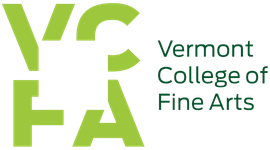
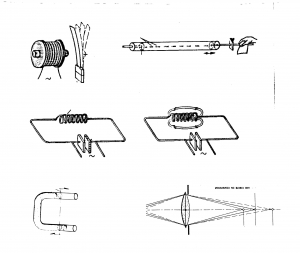
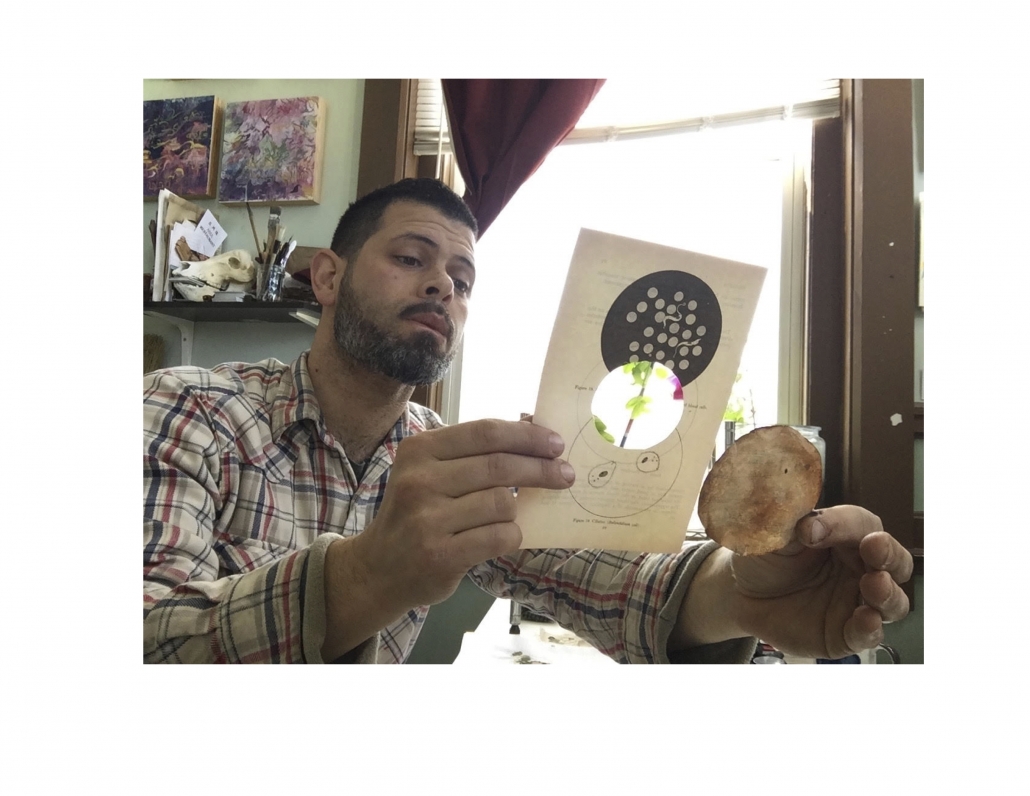
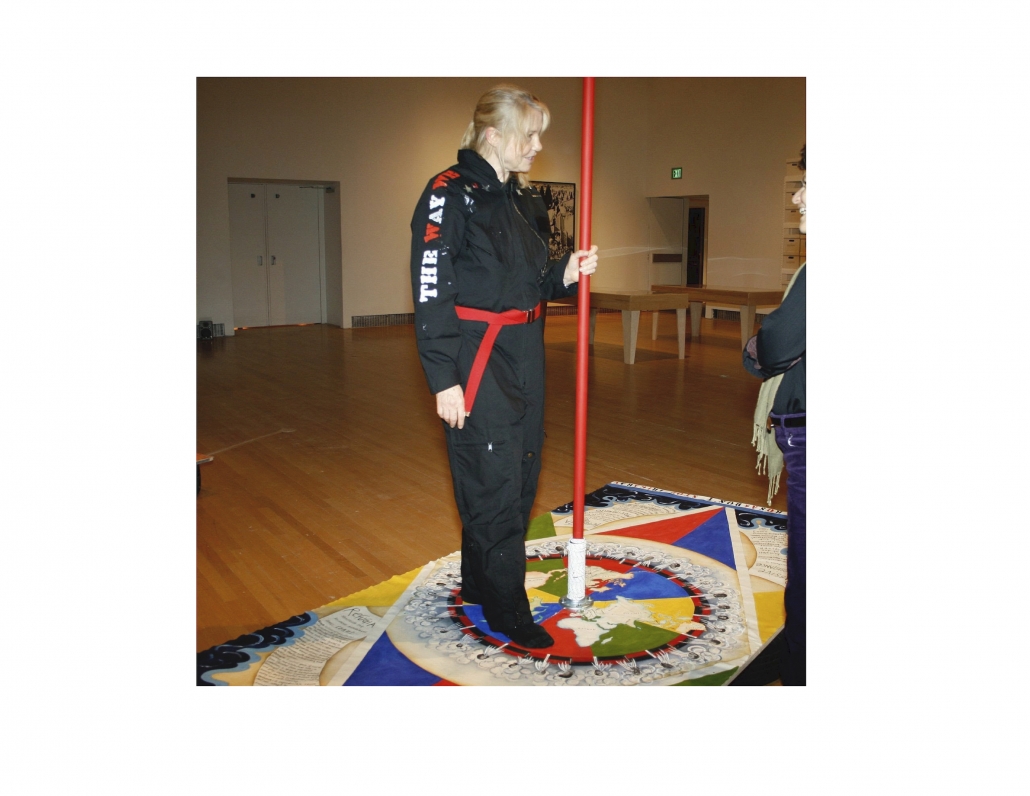
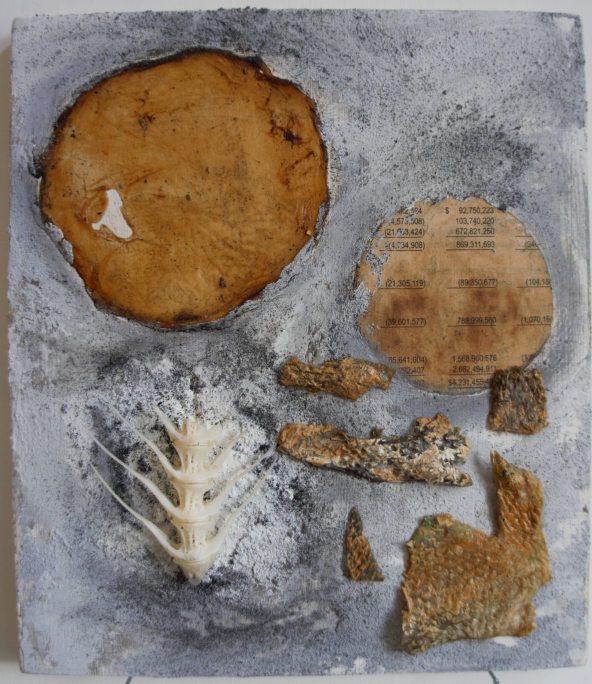
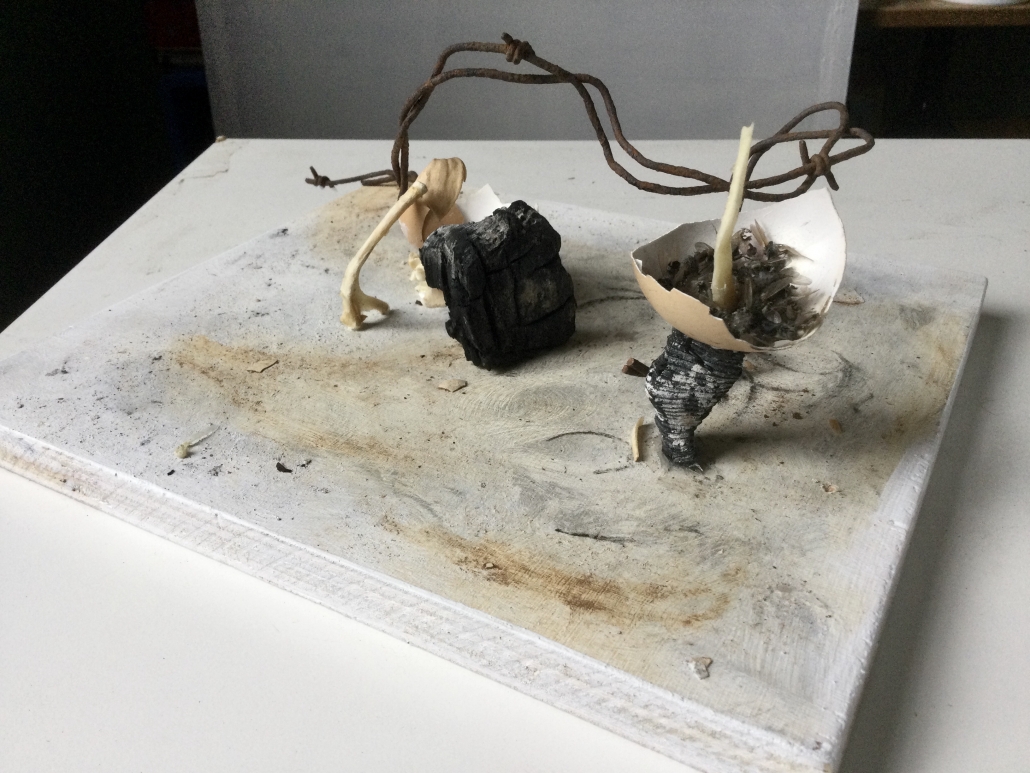
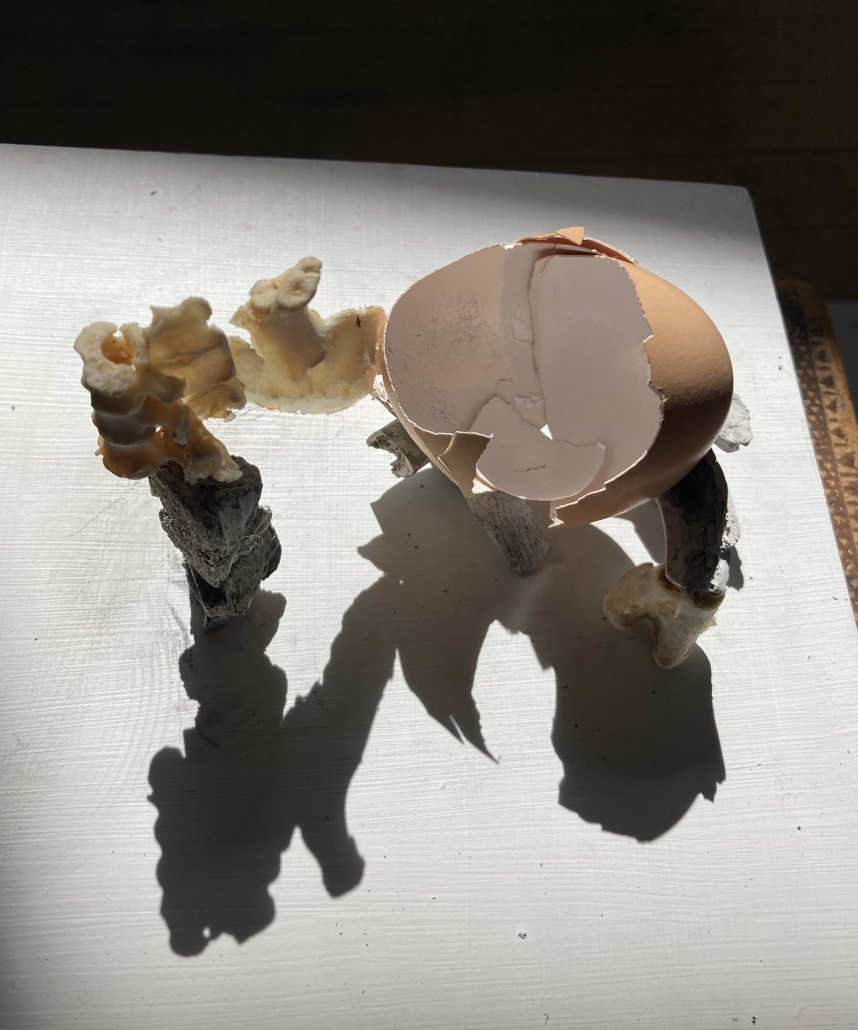
 Visiting Artist: Yoshie Sakai, Gardena, CA, United States
Visiting Artist: Yoshie Sakai, Gardena, CA, United States  Alumnx: Amy Bernard (S 20) Lombard, IL, United States
Alumnx: Amy Bernard (S 20) Lombard, IL, United States